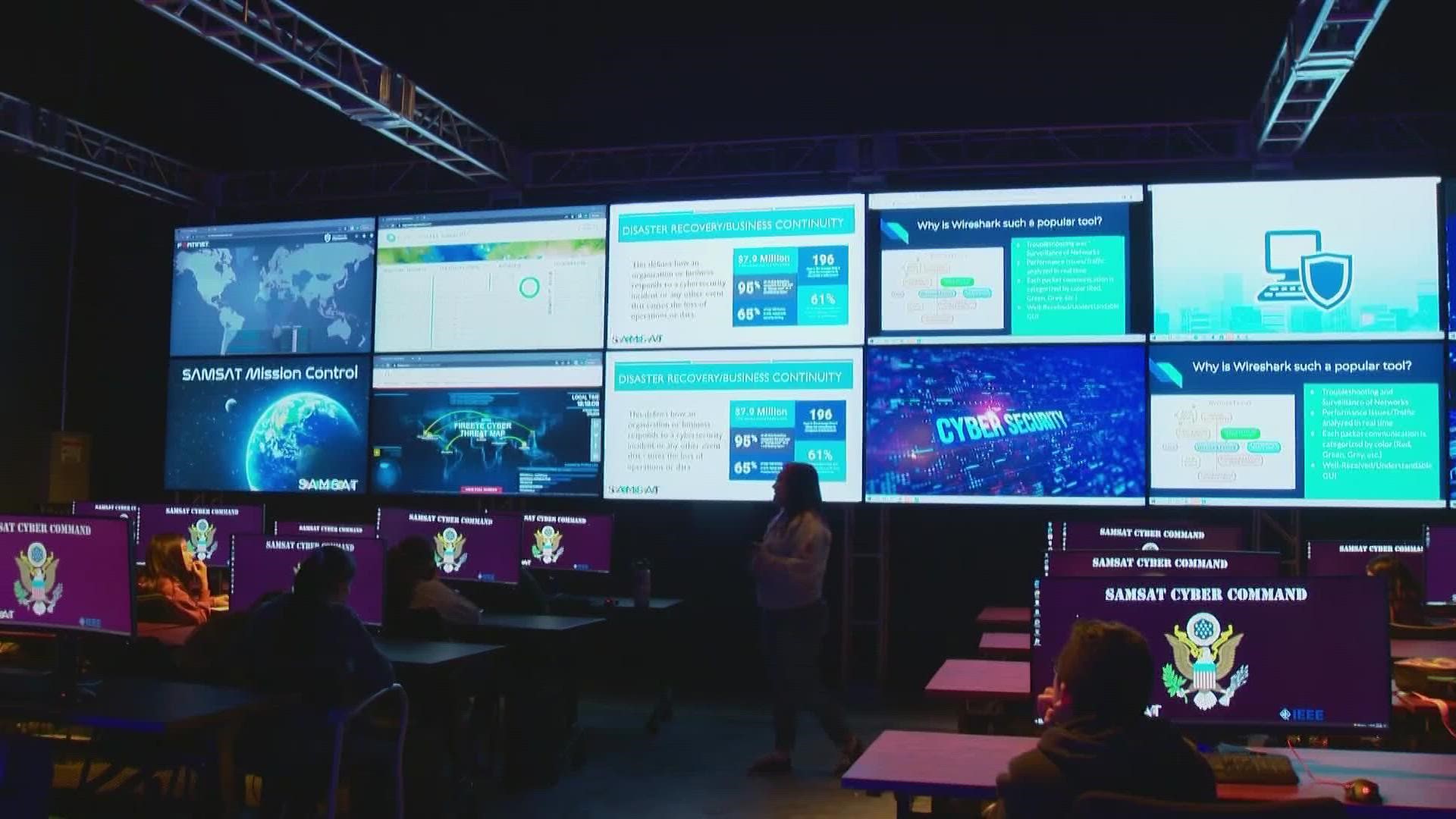SAN ANTONIO — KENS 5 has discovered some devices many Texans rely on to keep their homes safe could leave them vulnerable to cybercrime if users do not properly set up the technology.
Texans rely on home surveillance cameras for an added layer of security. The reality: Some of those cameras are livestreaming to the internet right now, and those whose homes they protect don't know the whole world can watch their backyards.
But there is a way to protect your privacy, and the process starts the moment you plug in new technology.
Extreme examples, common mistakes
KENS 5 looked at six cameras that have made San Antonio properties so accessible that each feed is available online, via Insecam. The website touts itself as "the world's biggest directory of online surveillance cameras," streaming thousands of yards, streets and rooms across the globe.
The experience isn't a totally passive one; visitors can even control some of the security rigs from afar, like the lens below on a utility tower somewhere in Bexar County.
The website's developers claim they simply logged in to these security systems because these camera's owners didn't change easy-to-guess, default passwords their systems came preprogrammed with.
But most of the feeds on Insecam come from cheap, old cameras in other countries. New technology rarely comes pre-loaded with bad passwords or weak encryption services.
The Insecam feeds are an extreme example of consequences that may follow a common mistake: improper device setup.
"You believe you get a device, like a camera, and it's secure. It's protected. Plug it in and you're good to go," said Adam Alotaibi, IT Director at Port San Antonio. "Often times, that's not the case."
The way Alotaibi puts it, taking those first steps to protect your home isn't as simple as plugging in a camera you just bought at the store.
While even schoolchildren are becoming cybersecurity experts at Port San Antonio, Alotaibi says you don't need to start that early to protect your devices. The challenge is preventing elementary mistakes.
"It's the human firewall, right? You can have all the cybertechnology in place to protect yourself and your home, but if you click on a wrong email you don't recognize it bypasses everything," he added. "So having that basic knowledge will help you."
Basic knowledge like these tips:
- Don't resort to using default passwords.
- Instead, opt in to multifactor authentication, in which you'll get a code via text or email to pair with your login.
- Once the setup is done, don't neglect out-of-sight technology, like routers and cameras.
In addition, Alotaibi recommends checking on your devices at least once a month, including your router, laptops and WiFi, to see if updates are available.


He also says you should download a password manager, which ensures you don't use the same login for every device; it also tracks your credentials so you aren't locked out. Cybertraining courses can be helpful, too.
"They think everyone is safe and protected, but it helps (having) a little of that knowledge," Alotaibi said.
Any device connected to the internet is technically hackable, he says. But advanced criminals probably won't target average people, so you can minimize your risk by practicing cyberdefense habits that start right out of the box.


